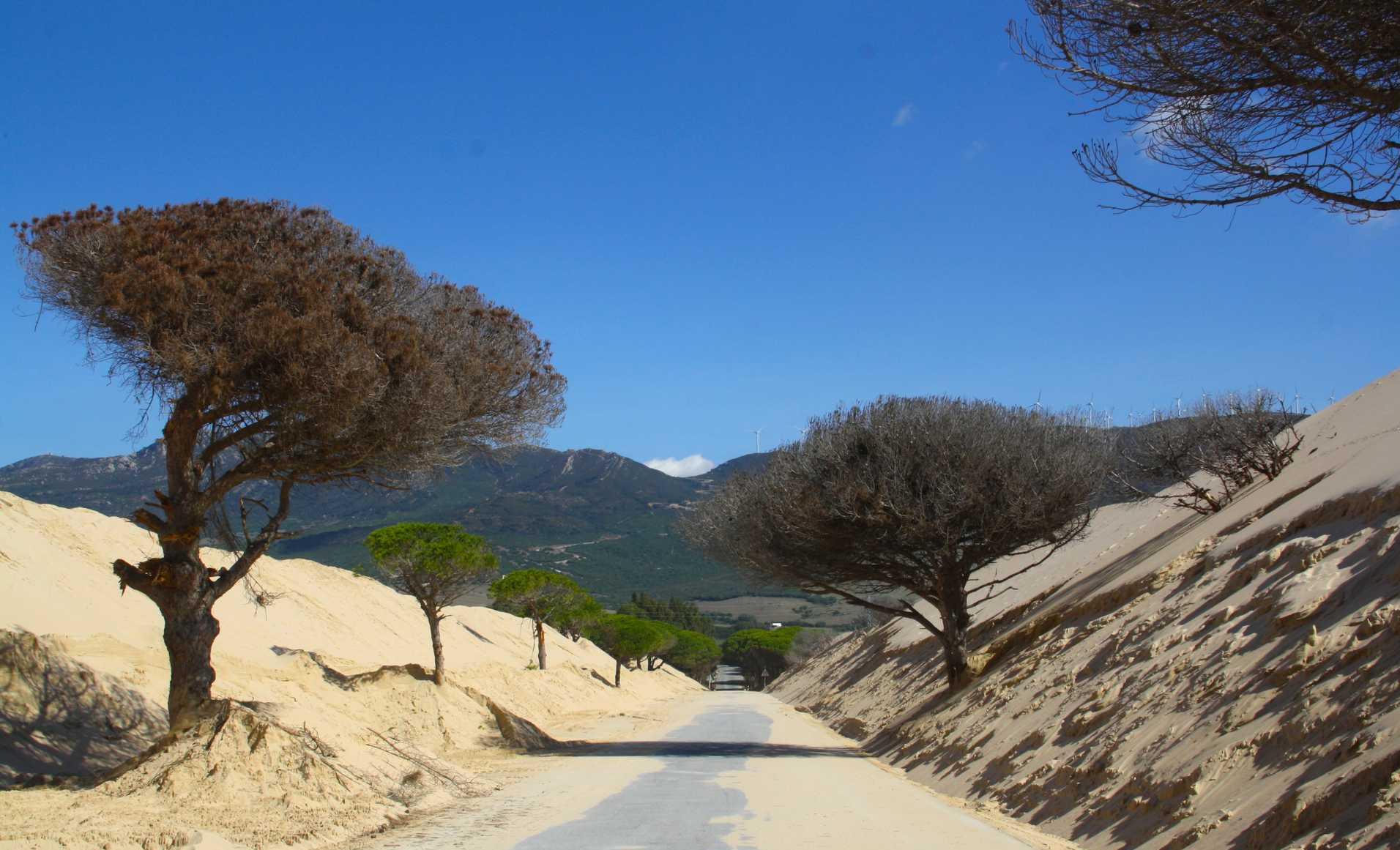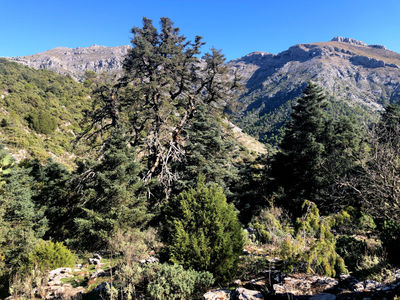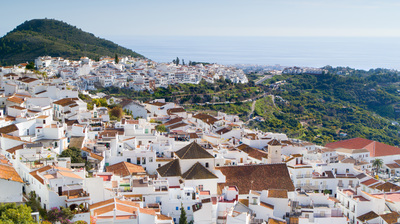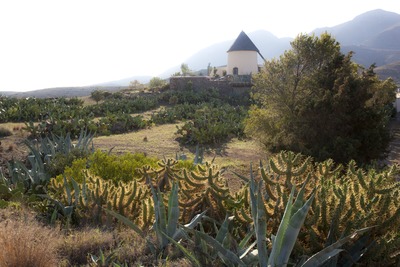The Guadalhorce Valley and the Aloreña olive
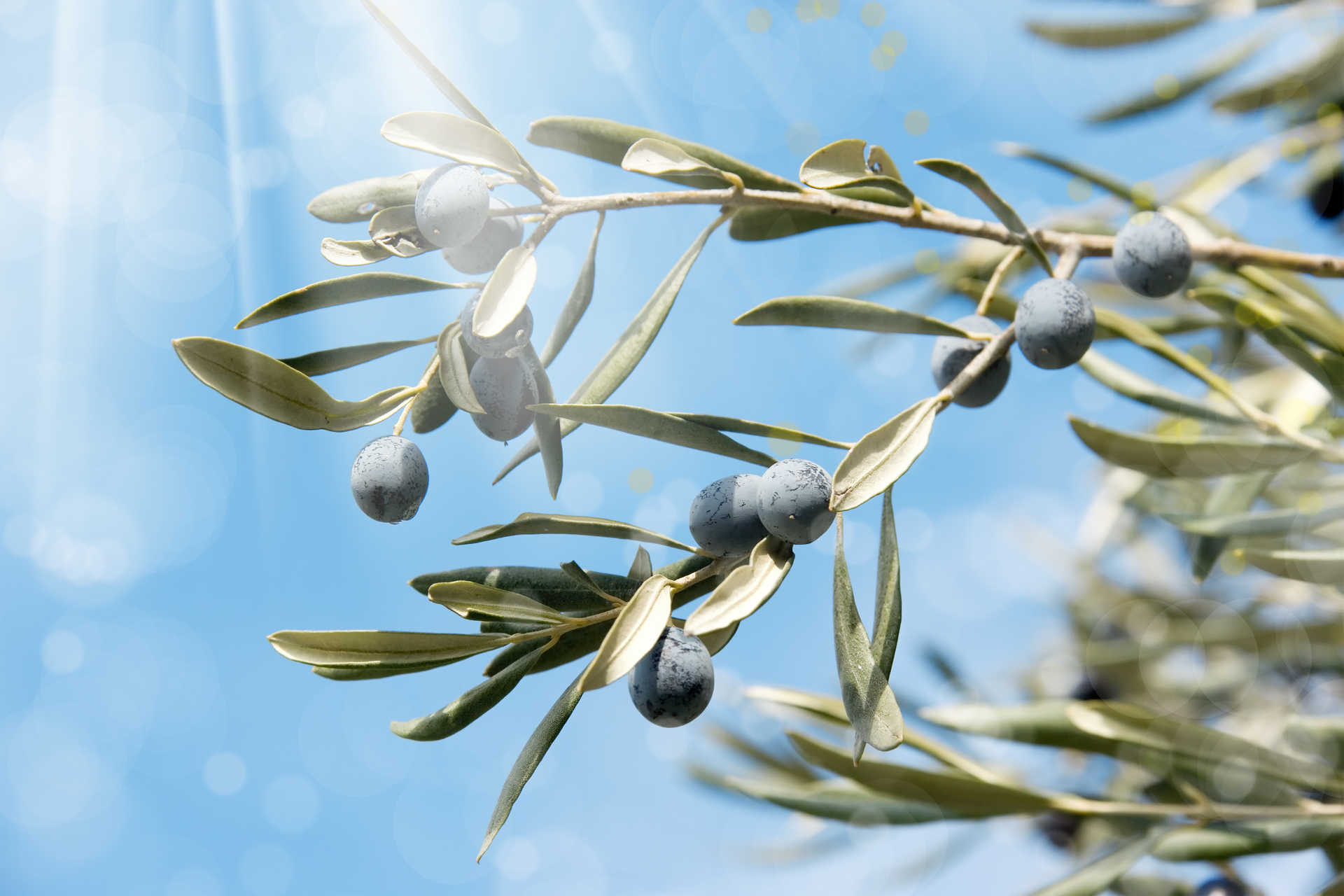
This exquisite olive, which has its own denomination of origin, is grown in 19 mountain villages in Malaga, on olive trees with low productivity and with unparalleled quality. Álora, which is known as the 'balcony of the Guadalhorce' due to the landscape of orchards, fruit trees and orange trees that rest at its feet, also produces other fruits that are present throughout this fertile valley, such as the Cártama almond; Coín walnut and peanut; chestnut and also citrus, which is why it is known as the valley of the orange blossom.
There are centuries of history behind the Alorea olive from the Malaga, a variety genetically different from other table olives. It is produced in the shelter of Mount Hacho, in the interior of the province of Malaga, an area perfectly delimited by a mountain range that determines very peculiar weather and soil conditions. In 1770, Don Cristóbal Medina Conde was enthralled to confirm that it was "the best olive in Spain". Documents detailing its sale to different markets around the world can be found in the Archive of the Port of Malaga
It is a tradition and a very important part of the culture of the region that any traveller can enjoy in the many bars of this beautiful village. The process is different from the start: the harvesting is done by hand, which is known as 'ordeño' or 'milking'. They are then crushed and put in brine. The last step is the dressing, which in Álora is as varied as its population, since everyone has their own touch, creating a dressing that turns the olive into a delight for the palate. Thyme, fennel, garlic and pepper are common ingredients.
This olive grove is delimited by a mountain chain that marks the climate of a region located between the Sierra las Nieves and the Guadalhorce Valley. It is a privileged place, since the valley is one of the three areas of Andalusia, together with the Vega de Granada and the Alpujarras, to be declared by the Junta de Andalucía as an area of interest for organic farming. The area of organic crops exceeds 1,500 hectares. Citrus, other fruit trees and even subtropical fruits grow well in this valley. There is a great horticultural tradition in certain areas, which is why the region has been popularly known as the orchard of Malaga .
Small farms can be seen as you walk through the region, some of which are for self-consumption. This type of orchard has great social roots in these municipalities, possessing, given their nature, a huge environmental and cultural value. they cultivate their own specialties, such as the 'bull egg' tomato and Malaga lettuce. And there are even museums to learn more about this territory and its culture, such as the Bread, in Alhaurín el Grande; and Las Vistillas Museum, in Coín, in a farm with tourist and cultural interest that shows the past history through the tasks and customs of the countryside. Of particular note are the local companies that offer an 'aloreña olive route' which, starting at the Museum of Tools and Customs of Alozaine, gets people participating in the collection and dressing of this tasty fruit.





